We’re excited to introduce you to the always interesting and insightful Margaret Zheng. We hope you’ll enjoy our conversation with Margaret below.
Margaret, appreciate you joining us today. Folks often look at a successful business and imagine it was an overnight success, but from what we’ve seen this is often far from the truth. We’d love to hear your scaling up story – walk us through how you grew over time – what were some of the big things you had to do to grow and what was that scaling up journey like?
People love to talk about overnight success — but in our case, it was more like every-weekend-for-over -a-year success. COURT & CREW didn’t start with a pitch deck or a business plan. It started because I had just moved to LA and was looking for community outside of the tech world. I found it on the pickleball court. The vibe was instantly different from other sports — it was social, accessible, and diverse. But I noticed that there was no unified “look” to the sport. You can wear anything to play pickleball — but people still want to feel like they belong on the court. Pickleball has a different vibe than tennis or golf. It’s more modern, more street, and way more accessible. I wanted to create pieces that actually reflect that culture — clothing that feels athletic but effortless, elevated but not exclusive. Something you’d wear to play, and then keep on for the rest of the day.
So I flew to Guangzhou for a month to work with manufacturers. I visited six factories, sat down with patternmakers, and built a relationship with a supplier who was willing to take a chance on a small batch. Development and production took six months, and in the meantime, I started hosting events.
I rented out public courts, made my own Canva flyers, DM’ed people on Instagram, and brought enough paddles for anyone who didn’t have one. I’d stay up late organizing brackets, reply to every RSVP manually, and cover all the costs myself. The first event had 30 people. The next, 50. By the third, we sold out at 80 attendees — and started building a waitlist. I created a Discord to stay in touch with players, and 1,500 people joined within two months. That community became the foundation for everything.
The turning points came from the same playbook: showing up, doing the thing ourselves, and doing it well enough that people noticed.
We ran a small pickleball event with some pro players in Taiwan — just to keep the momentum going while I was traveling. At the event, we met the owner of a Major League Pickleball team. He liked what we were doing and asked if we could help design his team’s uniforms. That one introduction led to our designs being worn by several of the world’s top ten pickleball players, and other uniform design contracts.
We did something similar with Twitch. Last year, we hosted an unofficial pickleball activation for creators to get together. We bought out an entire facility, had a huge waitlist, and threw one of the hottest events that weekend. This year, they brought us on as an official partner to run their entire indoor and outdoor pickleball activation — all because we showed them what it could look like before they asked.
What helped us scale wasn’t virality. It was consistently showing up and serving our community–. — not just selling to them. That meant hosting 25+ events before our first product drop, self-fulfilling every order to learn what customers were returning or keeping, and staying small enough to be nimble. We launched in November with 5 different designs. Thousands of people were on the waitlist. We sold out in under 48 hours — with zero paid ads or marketing.
Since then, we’ve grown profitably — we’re doing events in other cities, doing bigger partnerships with exciting brands, and coming out with regular apparel collections. We’ve partnered with the Ritz-Carlton, Major League Pickleball, Equinox, Twitch, and some of the largest internet creators. And we’re excited to keep building.
Awesome – so before we get into the rest of our questions, can you briefly introduce yourself to our readers.
Before starting Court & Crew, I spent years working in tech and venture, where I had the opportunity to help build companies from zero to one. I learned the ins and outs of scaling a business, from product development to marketing to community building—but Court & Crew is the first company I’ve personally founded, and my first time creating a physical product.
We make high-quality pickleball apparel that actually looks good and performs well—pieces designed for the sport but inspired by the modern, inclusive vibe pickleball has today. Beyond the clothes, we bring that same energy to our events, creating spaces where people can play, hang out, and connect—whether that’s making a new friend, meeting a future business partner, or even finding their next date.
One of my favorite parts of building this brand is seeing those connections happen. Customers tell us they feel more confident in our gear, love the designs, and appreciate that we’re making something different. And outside of just apparel, we’ve been able to give back—raising money for charities, helping parks upgrade their courts, collaborating with local artists, and spotlighting other small brands in the pickleball world.
We’d love to hear about how you keep in touch with clients.
We stay closely connected to our community through a mix of social media, newsletters, and in-person events. On our socials, we share not just the highlights, but also the behind-the-scenes of building a business—the highs, the lows, and the lessons learned along the way. When we run into product challenges or start exploring new designs, we actively ask for feedback so our community feels involved in the process.
Many of our supporters have been with us since our public park meetup days, and we love hearing them say they feel like part of our journey. Our events give us another opportunity to connect face-to-face, which is rare for most brands but incredibly powerful for building lasting relationships. That personal connection—both online and offline—has been a huge driver of loyalty for us.
Can you talk to us about manufacturing? How’d you figure it all out? We’d love to hear the story.
When I first started Court & Crew, I had never manufactured a physical product before—so sourcing factories was entirely new territory for me. I knew I wanted high-quality activewear that could hold up after intense activity, and I needed to learn more about the manufacturing process, so I decided to travel to China myself.
I spent my days—literally 7 a.m. to 7 p.m.—touring factories, reviewing samples, meeting pattern makers, and understanding each step of the production process. In the evenings, from 8 p.m. to 4 a.m., I’d hop on calls for my day job and take founder meetings. It was exhausting, but it gave me a deep understanding of what it takes to produce a quality product from scratch.
Finding the right vendor took a lot of trial and error. I met with multiple manufacturers, tested different materials, and was very intentional about building relationships with the teams I wanted to work with. You learn quickly that communication, trust, and shared values are just as important as cost and capability.
A few tips I’d give to anyone sourcing overseas:
-In-person visits go a long way — especially for small brands, it signals you’re serious, and helps you build relationships with the manufacturers.
-If you can’t go in person, show your vision — a clear brand story, a working website, and professional communication help build trust.
-Ask for references and past samples. It’s one thing to see a perfect showroom sample—it’s another to see what they’ve actually produced at scale.
– You’ll get what you pay for. Overseas manufacturing sometimes gets a bad reputation for being low quality, but the truth is, some of the world’s highest-quality products are made in China. Manufacturers exist at all price points—if a price seems too good to be true, it probably is.
-Start small. Test a small run before committing to a huge order. You’ll catch any quality or sizing issues early.
-Communicate clearly and often. Language can sometimes be a barrier, and misunderstandings will happen, so just make sure you’re super clear about what you want. Images, videos, and examples are super helpful.
Contact Info:
- Website: thecourtandcrew.com
- Instagram: https://www.instagram.com/courtandcrewpickleball/, https://www.instagram.com/maggizine/
- Facebook: https://www.facebook.com/profile.php?id=61562232542922
- Linkedin: https://www.linkedin.com/in/maggizine/
- Youtube: https://www.youtube.com/@courtandcrew


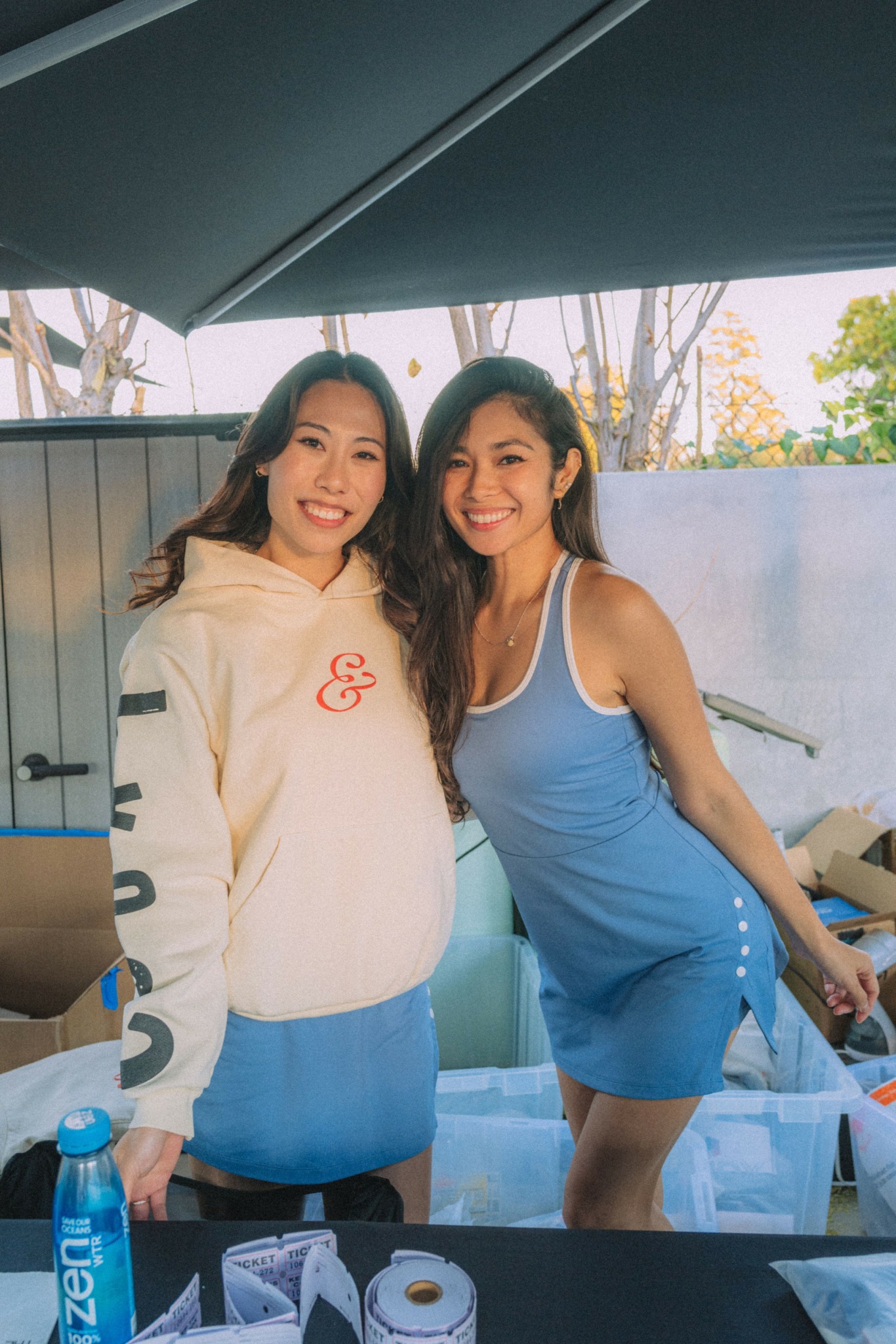
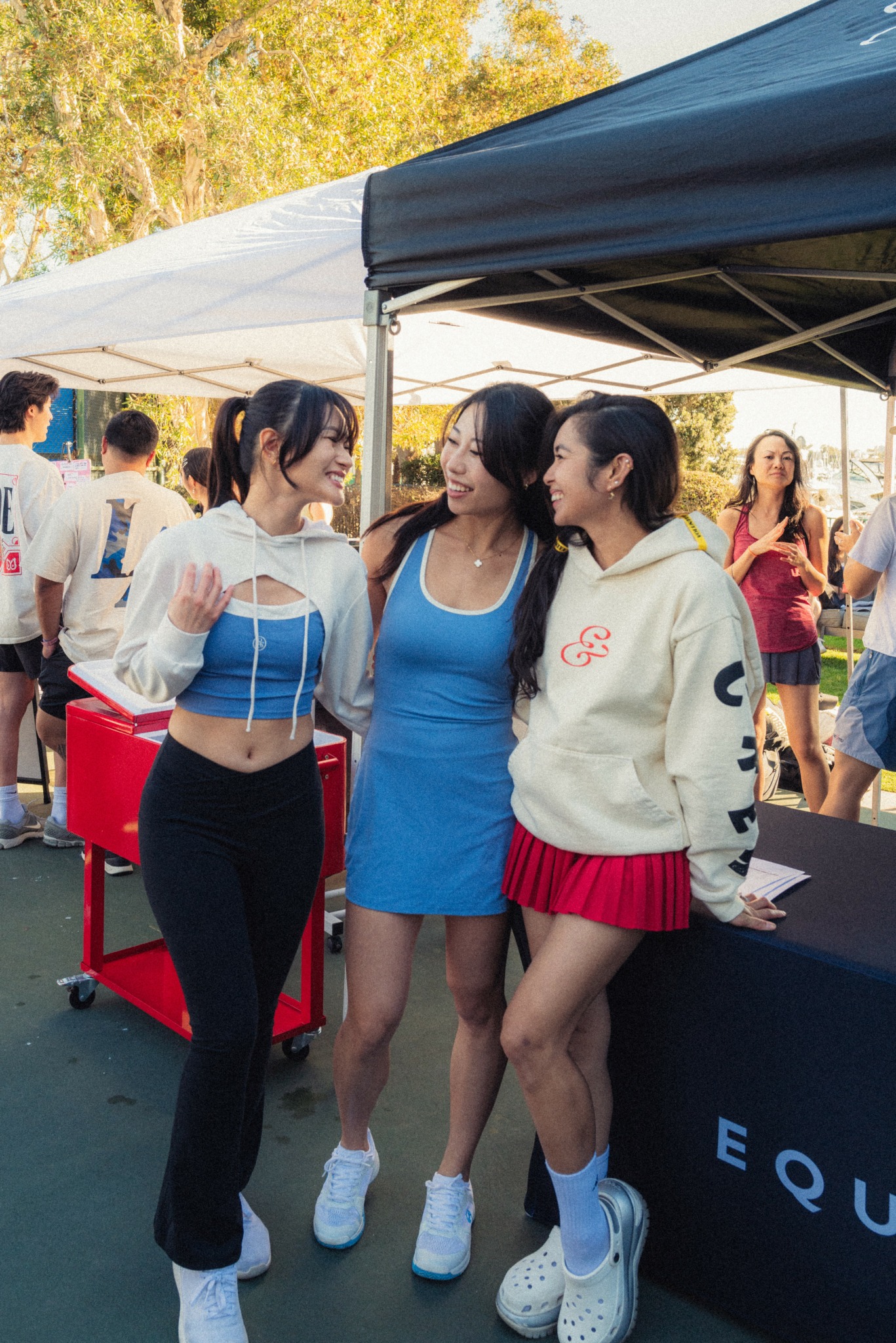
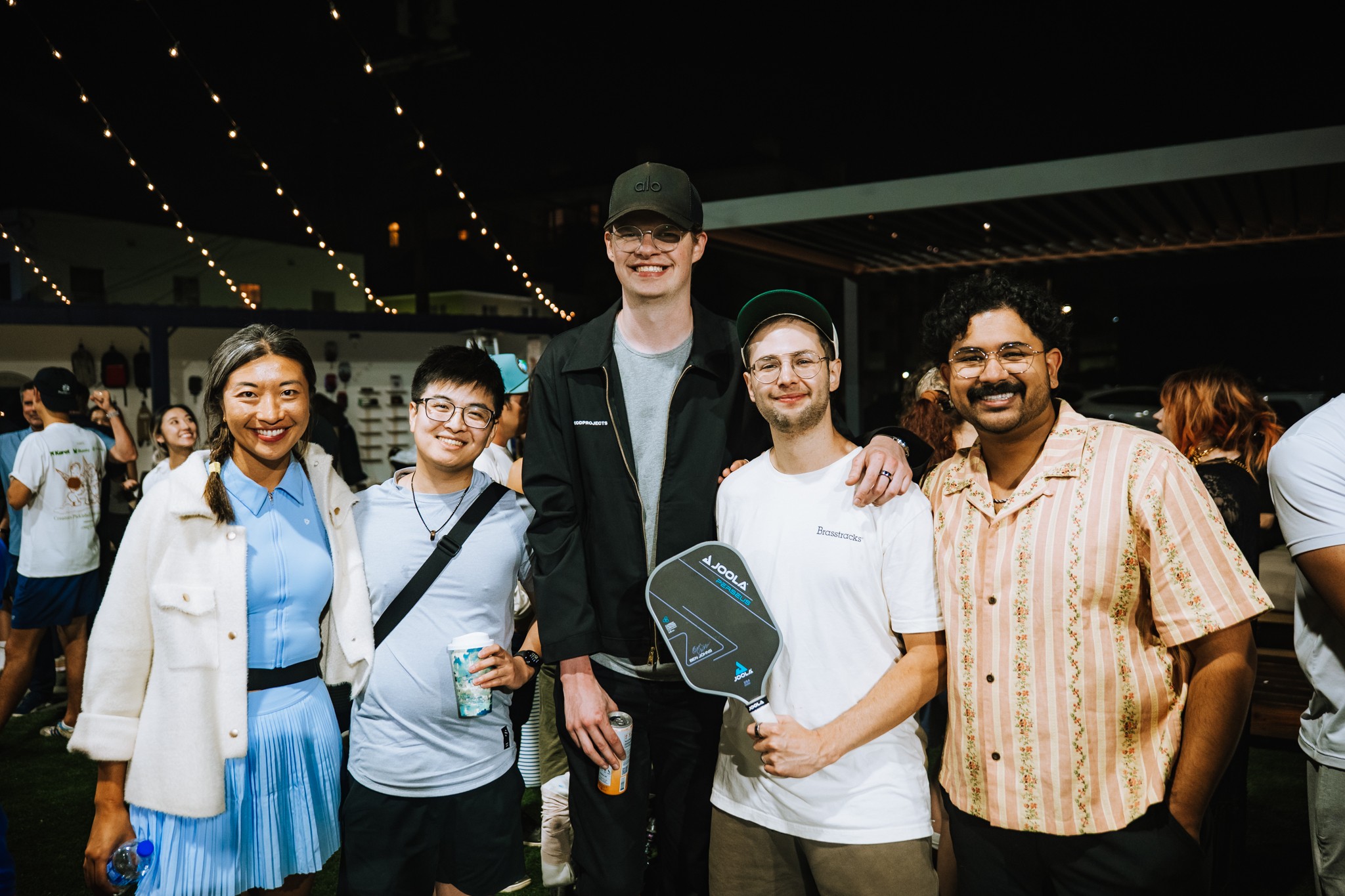
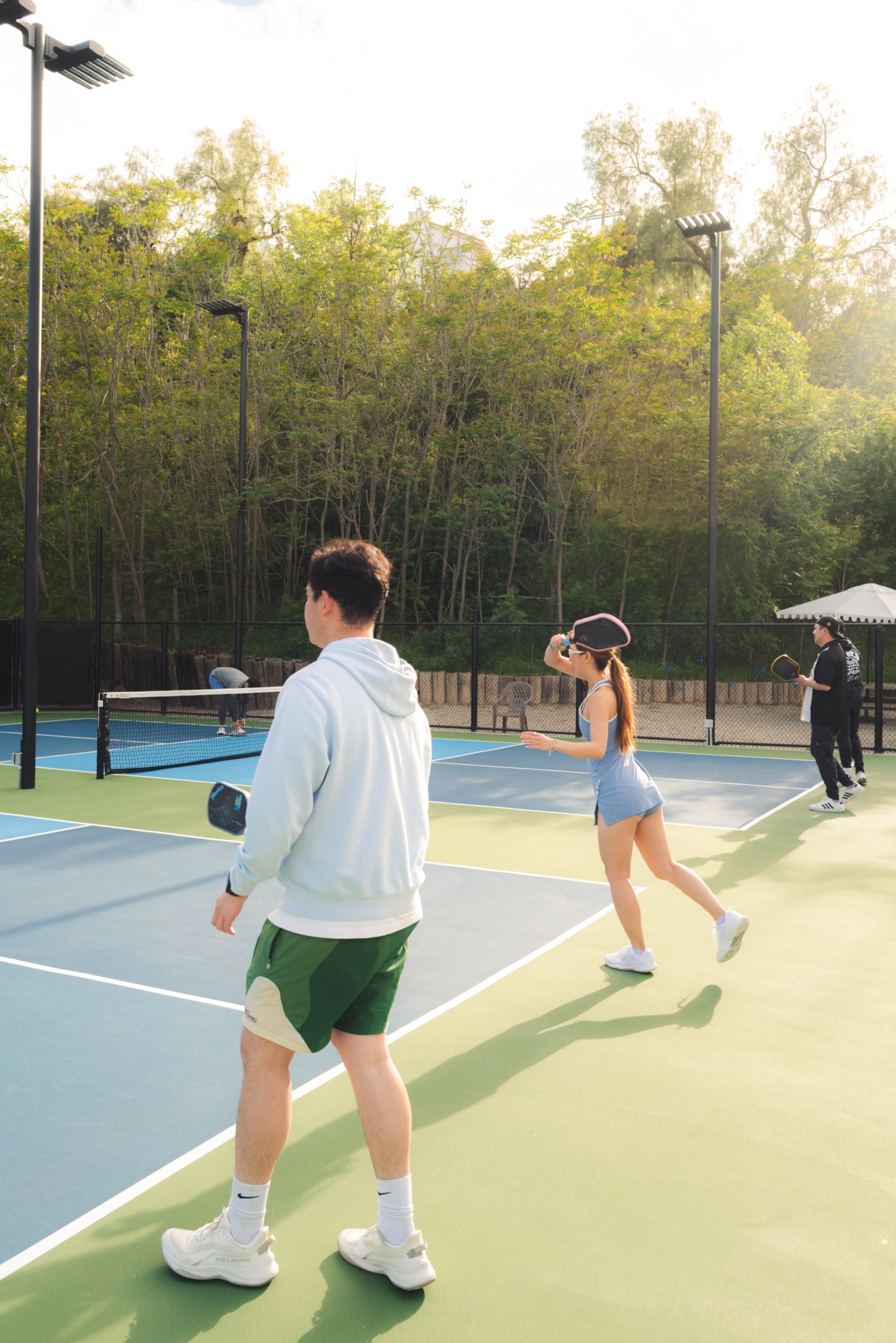
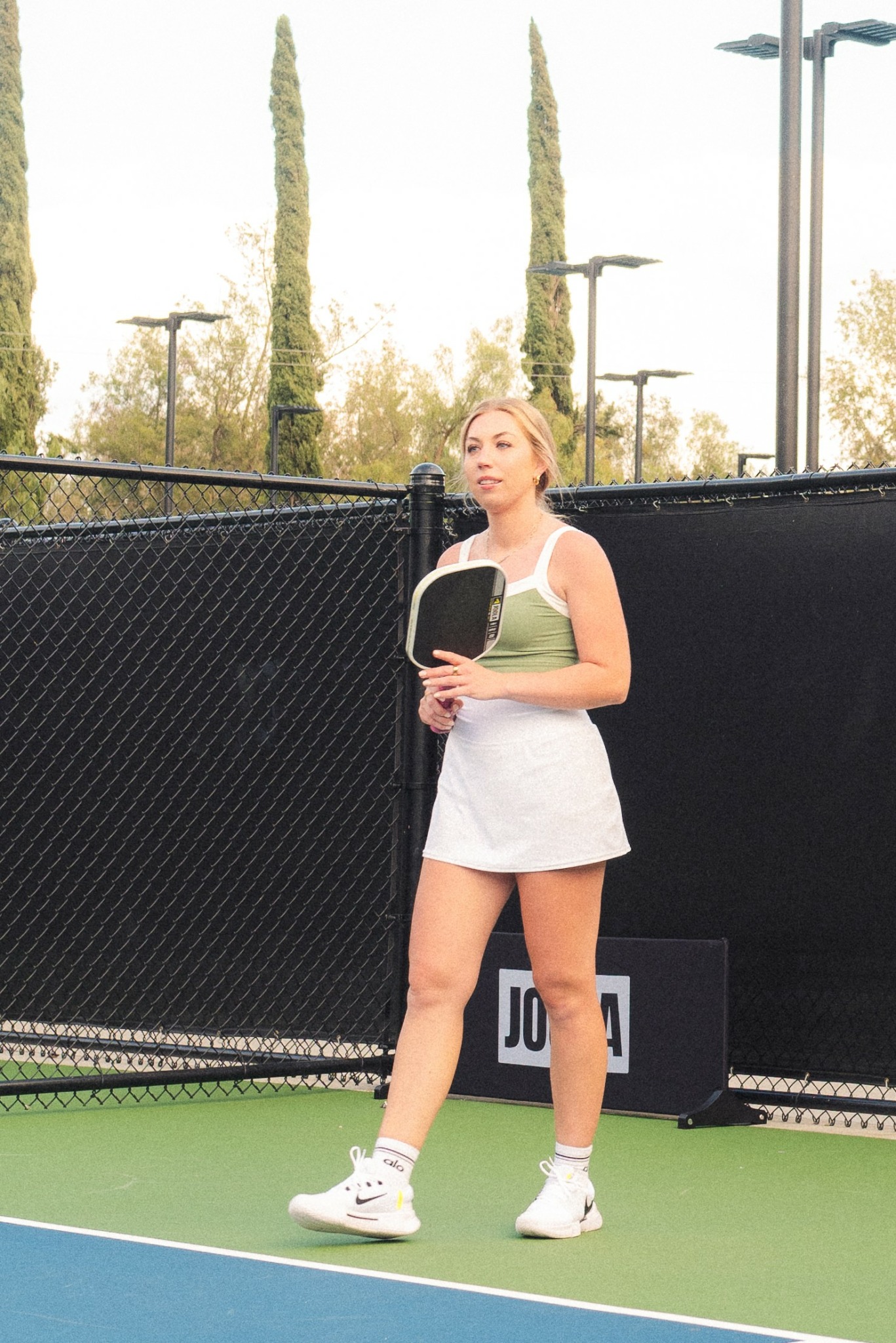

Image Credits
Waylan Choi, Marco Polo


